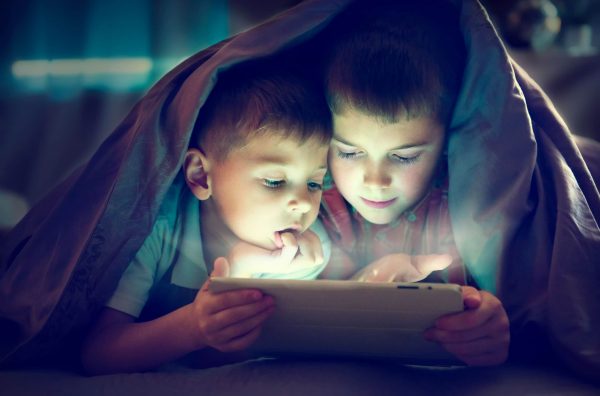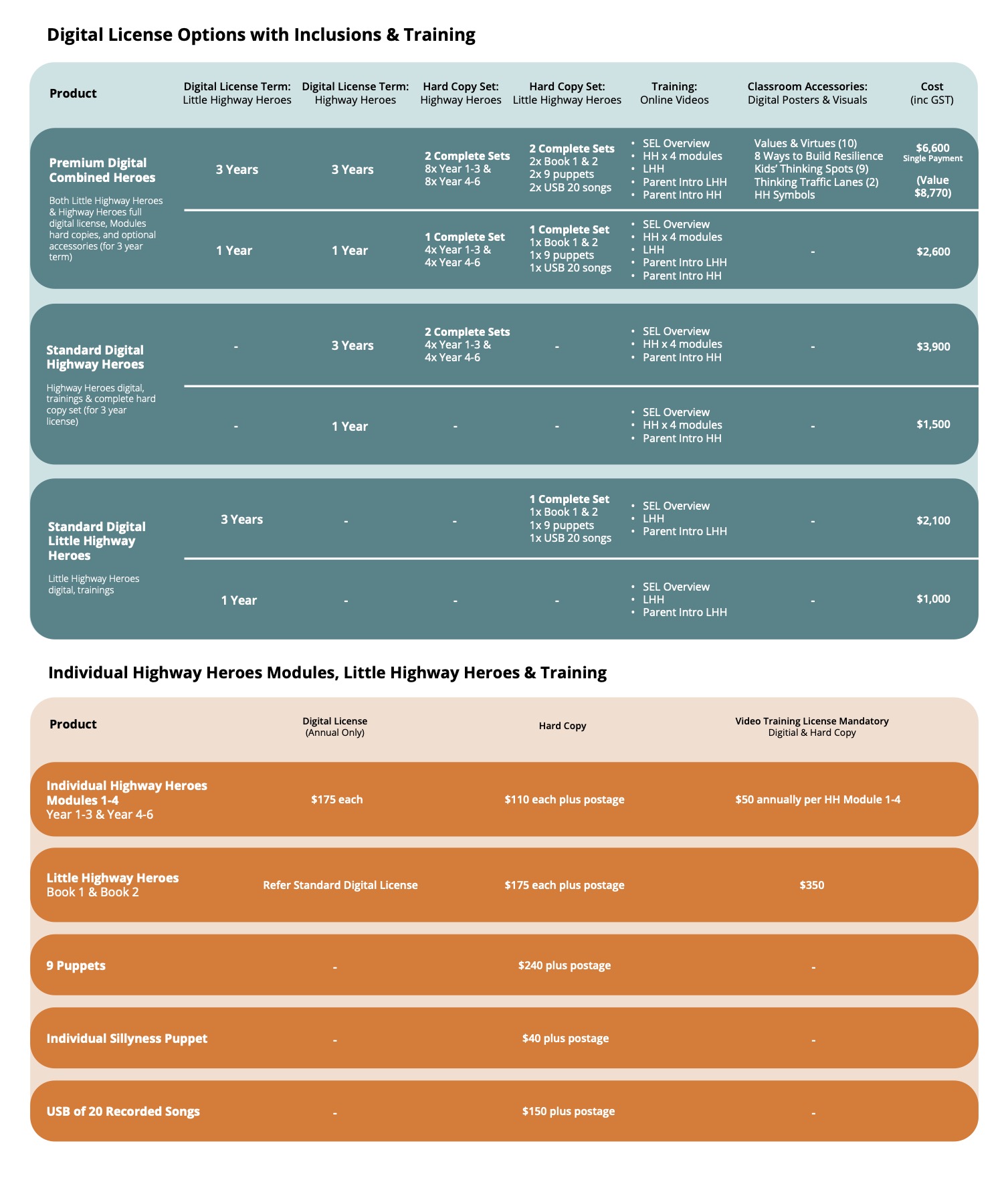It’s everywhere – the perils of the screen, the dangers of social media, the poor parenting practices of parents today and the doing of untold damage to our young people. So, what, as parents do we believe and how should this impact our parenting choices?
Well, we know for sure that too much screen time changes the way children think, feel, behave and sleep. Sure, the studies tell us all about it but any parent knows that children love screen time and can become very addicted very quickly and tempers can fray all round when the device is pried from the iron fingers of the child who just wants one more minute on screen.
Screen time recommendations and reality
These are the latest screen time guidelines recommended by the American Academy of Paediatrics:
- 0 -18 months – avoid screen time completely
- 18 months – 2 years – fully supervised screen time up to 30 minutes a day
- 2 – 5 years – no more than one hour per day
- 6 years + – no more than 2 hours per day
This is the reality according to a study by the Australian Institute of Family Studies (2016):
- 3 – 4-year-old children spend an average of 2.5 hours in front of a screen per day
- 4 – 5-year-old children spend an average of 2.2 hours a day in front of a screen
- 12-13 years old children spend an average of 4.3 hours in front of a screen per day
What happens in your home and how do you manage screen time effectively? Is your child required to take a device to school – and how is that adding to their on screen time?
Blue light and brains – be concerned
There are a multitude of reasons why being diligent about managing screen time is important. You can read more about the social impact of too much screen time in THIS Good Digital Parenting article but let’s look at the impact of blue light radiation this time.
Every person – child and adult, has something called a circadian rhythm – the body’s biological clock that rolls through waking and sleeping patterns. All wavelengths of light influence the brain but blue light is that mostly associated with the circadian rhythm. When the sun comes up, cells in the eyes perceive the change in light and the brain prepares to wake. When the sun goes down and blue light diminishes the brain prepares for sleep with a rise in the sleep hormone called melatonin.
Many digital devices – phones and tablets emit blue light – which stimulates the brain to think that the sun is up – which in turn means that the production of melatonin that eases us into sleep doesn’t happen. It can take the body up to 3 hours after the removal of the blue light source to have produced enough melatonin for sleep to be possible.
So, think about the child playing on a tablet right up until bedtime. What about the teen who has their phone in their room and messages well into the night. What is that blue light doing to their brains? Most certainly, it’s not preparing that brain for a good sleep. And that’s just the beginning of what we should be concerned about.
How can you, in your home, diminish the physical impact on your child’s brain of exposure to blue light radiation? Let’s explore some simple ways next.
Managing screen time in your home
#1 Limit length of screen exposure. There are time out apps that turn devices off after an agreed period of time and lock the user out for an agreed period of time.
#2 Set rules around where devices can be used in your home – why not make bedrooms out of limits? The earlier you introduce this as a very healthy rule, the easier it is when children turn into teenagers. The rule already exists and is just part of their thinking – like, don’t jump on the furniture.
#3 Put a blue light filter app on your and your child’s device – but don’t rely on that as the solution to the blue light issue. Google it – there are heaps to choose from.
#4 Be definite about when devices need to be off before bedtime – at least 3 hours for primary school children and 90 minutes for teens.
#5 Remember the cumulative effect – if your child is on a BYOD program at school, include the hours spent on the device at school into your recommended screen time at home.
#6 Have screen free days – you and your child. It’s very healthy to set limits and to model how you work within those limits yourself as the parent. Addiction to the screen is a real thing and it’s driven at a neurochemical level (you can read more HERE) – so, get the balance right.
#7 Practise some mindfulness and meditation – great ways to help the brain to settle and get ready for sleep.
More information
This article is one of a growing BEST series of Good Digital Parenting resources – and a host of others in our ‘Blog’ that cover every aspect of childhood social, emotional and learning wellbeing. We invite you to read, download and share in your parenting communities. Print these resources off and take them to your child care, your school, your workplace. Never has it been more important to be fully informed about managing our own and our children’s off-line and on-line lives. For a library of great resources, we also encourage parents to head over to the website of the Office of the Children’s e-Safety Commissioner www.esafety.gov.au.


